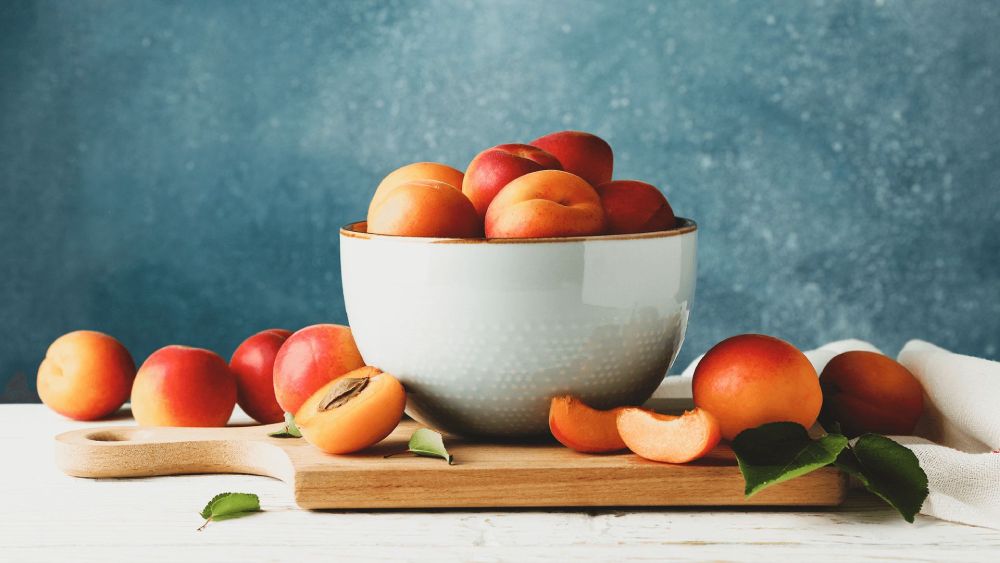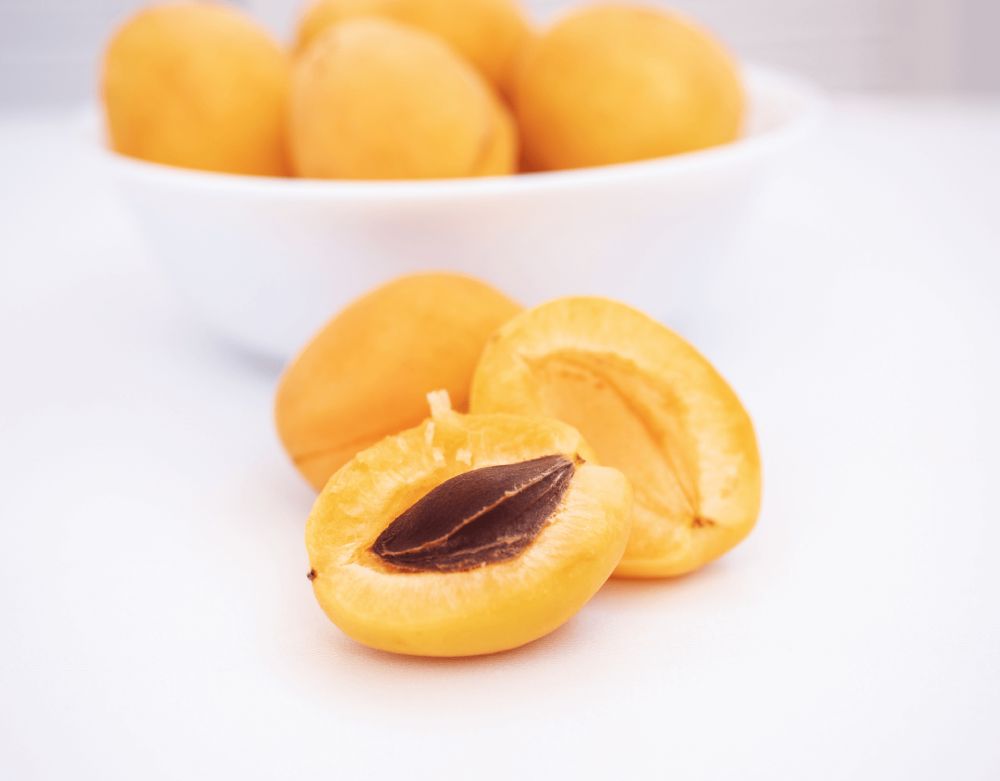Know Your Stone Fruit – A quick guide to this season’s best picks!
Wait a second…what’s a Stone Fruit?
As the name hints, a stone fruit, also known as a drupe, generally describes a thin-skinned fleshy fruit containing a pit with a ‘stone’ (essentially a tough seed) at its center. Hence the silly name.
Common examples include almonds, mangos, plums, olives, cherries, peaches, lychees, blackberries and raspberries (the latter consist of aggregated drupelets), but also palm trees (think of the coconut, which is considered a dry drupe). In fact, the coffee plant also produces drupes, and it is part of the plant’s seed that we call the coffee ‘bean’.
Stone Fruit Anatomy
Stone fruits have a fairly simple structure:
- The first layer consists of a thin outer skin.
- The inner layer is usually thick and fleshy, as with mangos, nectarines, and peaches (but not always, as with the tougher, fibrous coconut).
- The final part is the pit, shell or stone which contains the seed.
We’ve already mentioned drupelets, a botanical term that refers to many tiny drupes clustering together and forming the outer layer of a fruit (e.g., raspberries and blackberries).
Types and Varieties
At a first glance, we’ve already seen that drupes make up a rather vast botanical category. What’s more, whether certain foods (especially some of the so-called nuts – walnut, macadamia nut, butternut) ascribe to it or not is still a matter of ongoing scientific debate.
The most common classification goes as follows:
- Freestone – that’s when the seed comes off easily.
- Clingstone – the opposite of that: the stone seems to firmly cling to the flesh.
- Nut-like drupes are harder to categorize and make up a third, specialized class – tryma.
Peaches arguably the most popular drupe out there, can be both freestone and clingstone.
Picking the Finest Stone Fruit
With stone fruit season right ahead, it’s good to know what to keep an eye out for. When picking the goodies, perfection is not the answer.
Instead of going for the extremely hard and spotless ones, don’t be afraid of a few dents, and gently check for a medium firmness. Choose fruit that’sneither very tough nor mushy.
Green spots, particularly near the stem, signal that the fruit hasn’t yet reached its peak.
On top of that, you should avoid bruised fruit, which indicates cellular damage and renders them inedible.
And don’t forget to use your nose, which should be able to pick up that irresistible natural sweetness specific to a well-ripened stone fruit.
Storing your Stones
If you buy fruit that’s not quite ripened yet, we recommend leaving them out at an optimal room temperature, which quickens the ripening process.
Don’t pile them up – when squashed like sardines, it’s more than enough for one fruit to stealthily go bad and, before you know it, the whole batch is compromised.
Once they’ve reached their peak (sadly, the window’s teasingly short) it’s a good idea to eat them right away. Move ripe ones you can’t finish to the fridge in order to avoid fast decay.
In-Season & Our Favorites
With late May quickly approaching, it’s the perfect time to check the local markets for stone fruit. Their season runs until mid-autumn, and we advise you to check when each individual type is in its prime.
For example, peaches and mangos are great from May to late September, while sour or tart cherries have a much short growing season (around 2 weeks!), as the trees are significantly more fragile. For blackberries, peak season typically runs from July to August.
Keep in mind that, depending on your region, these intervals may be different. Our May recommendations are peaches, apricots, mangos, and plums.
Final Thought
Whether you enjoy eating them simple and raw or in the countless quick recipes available out there, make sure your drupes come from trustworthy sources.
That’s because organic stone fruits are associated with a wide range of remarkable health benefits. If well-integrated in a balanced meal plan, they are particularly good for your heart, immunity, skin, eyesight, and overall digestive health.
They’re also an incredible alternative to the so-called ‘bad’ sugars. Add some drupes to your next homemade smoothie, ice cream, or cake!
Lastly, we recommend you have a look at this Healthline guide for relevant info on stone fruit allergies.



